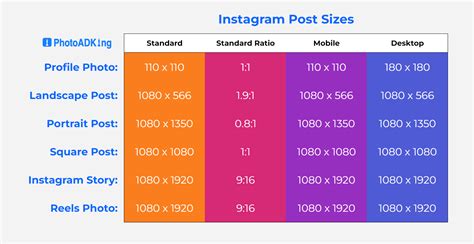How to break through strength plateaus & maximize muscle growth efficiently?

Understanding Strength Plateaus: The Wall Every Lifter Hits
Hitting a strength plateau can be one of the most frustrating experiences in a fitness journey. You’re consistently showing up, pushing hard, yet the weights aren’t increasing, or your muscle gains have stalled. This ‘wall’ is a natural part of adaptation; your body has become accustomed to the demands you’re placing on it, and it needs a new stimulus to continue progressing.
Understanding why plateaus occur is the first step to breaking through them. Common culprits include a lack of progressive overload, insufficient recovery, poor nutrition, or simply doing the same routine for too long. But don’t despair—there are proven methods to reignite your progress and continue building strength and muscle efficiently.

Strategic Training Adjustments to Break Through
Varying Progressive Overload Beyond Just Weight
Progressive overload is the cornerstone of muscle growth, but it’s not always about adding more weight. When you’re stuck, consider these variations:
- Increase Reps or Sets: If you’re stuck at 3 sets of 8 reps, try 4 sets of 8, or 3 sets of 10.
- Decrease Rest Times: Shortening the rest between sets increases the metabolic stress, challenging your muscles differently.
- Improve Time Under Tension (TUT): Slow down your negatives (eccentric phase) or pause at the peak contraction to make each rep more demanding.
- Increase Frequency: If you’re hitting a muscle group once a week, try twice a week, allowing for more cumulative volume.
Implement Periodization and Deload Weeks
Your body can’t maintain peak intensity indefinitely. Periodization involves structuring your training into cycles of varying intensity and volume. For instance, spend a few weeks with higher volume and moderate weight, then switch to lower volume and higher intensity.
Crucially, incorporate deload weeks. Every 4-8 weeks, reduce your training volume (sets, reps) and/or intensity (weight) by 40-60% for a week. This allows your central nervous system and muscles to recover fully, repair micro-traumas, and come back stronger, often leading to a breakthrough post-deload.

Optimizing Nutrition and Recovery for Growth
Fueling Your Body for Maximal Gains
Muscle growth is an energy-intensive process. To break plateaus and maximize hypertrophy, your nutrition must be on point:
- Caloric Surplus: To build muscle, you generally need to consume more calories than you burn. A modest surplus of 250-500 calories per day is often effective.
- Adequate Protein Intake: Aim for 1.6-2.2 grams of protein per kilogram of body weight to support muscle repair and synthesis.
- Carbohydrates for Energy: Carbs fuel your workouts and replenish glycogen stores, critical for performance and recovery.
- Healthy Fats: Essential for hormone production and overall health.
Prioritizing Sleep and Stress Management
Training breaks down muscle, but recovery builds it. Without proper rest, your body cannot adapt and grow. Aim for 7-9 hours of quality sleep per night. During sleep, growth hormone is released, and muscle repair accelerates. Chronic stress can also hinder recovery and muscle growth by elevating cortisol levels, so finding ways to manage stress is vital.

Advanced Techniques and Mindset for Sustained Progress
Incorporate Advanced Training Techniques
Once you’ve mastered the basics, consider these techniques to shock your muscles:
- Drop Sets: Perform a set to failure, immediately reduce the weight, and continue with more reps.
- Supersets: Perform two different exercises back-to-back with no rest in between.
- Forced Reps: With a spotter’s help, extend a set beyond voluntary failure.
- Negative Reps: Focus solely on the eccentric (lowering) phase of a lift with a heavier weight than you’d normally lift concentrically.
Remember to use these sparingly, as they are very taxing on the body.
Refine Form and Mind-Muscle Connection
Sometimes a plateau isn’t about strength, but about efficiency. Re-evaluate your exercise form. Are you truly targeting the intended muscle group, or are other muscles compensating? Focus on the mind-muscle connection, actively feeling the target muscle contract and stretch through the full range of motion.

Conclusion: Consistency and Smart Adaptation are Key
Breaking through strength plateaus and maximizing muscle growth is an ongoing journey of adaptation and intelligent adjustments. It requires more than just showing up; it demands strategic planning in your training, meticulous attention to nutrition, and unwavering dedication to recovery. Don’t be afraid to experiment, listen to your body, and adjust your approach. With consistency, patience, and the right strategies, you can continually push past your limits and achieve the gains you desire.








